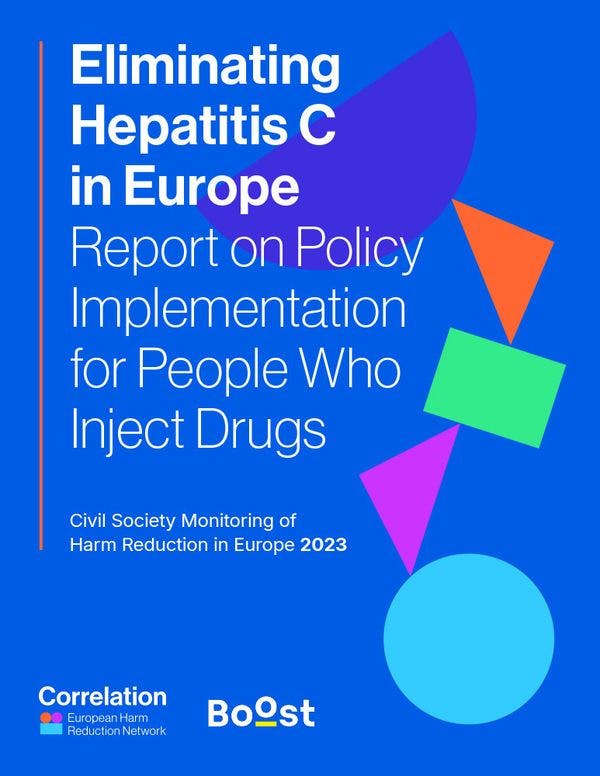Eliminating hepatitis C in Europe: Report on policy implementation for people who inject drugs
WHO's global hepatitis strategy, endorsed by all WHO Member States, aims to reduce new hepatitis C virus (HCV) infections by 90% and HCVrelated deaths by 65% between 2016 and 2030. According to the latest surveillance report (ECDC 20222), a total of 14,560 newly diagnosed cases of hepatitis C were documented across 29 EU/EEA Member States in 2021. Among these cases, the most common mode of transmission was injecting drug use. However, the nature of the infection, which is often asymptomatic until in advanced stages, complicates surveillance efforts as the data often reflects testing patterns rather than the underlying epidemiology and the burden of the disease.
There is a necessity for tailored surveillance and coordinated responses including public health programmes and harm reduction strategies that address the specific epidemiological patterns within each local context. To achieve WHO’s HCV elimination goal by 2030, a continuum-of-care for people who inject drugs must be implemented and monitored.
